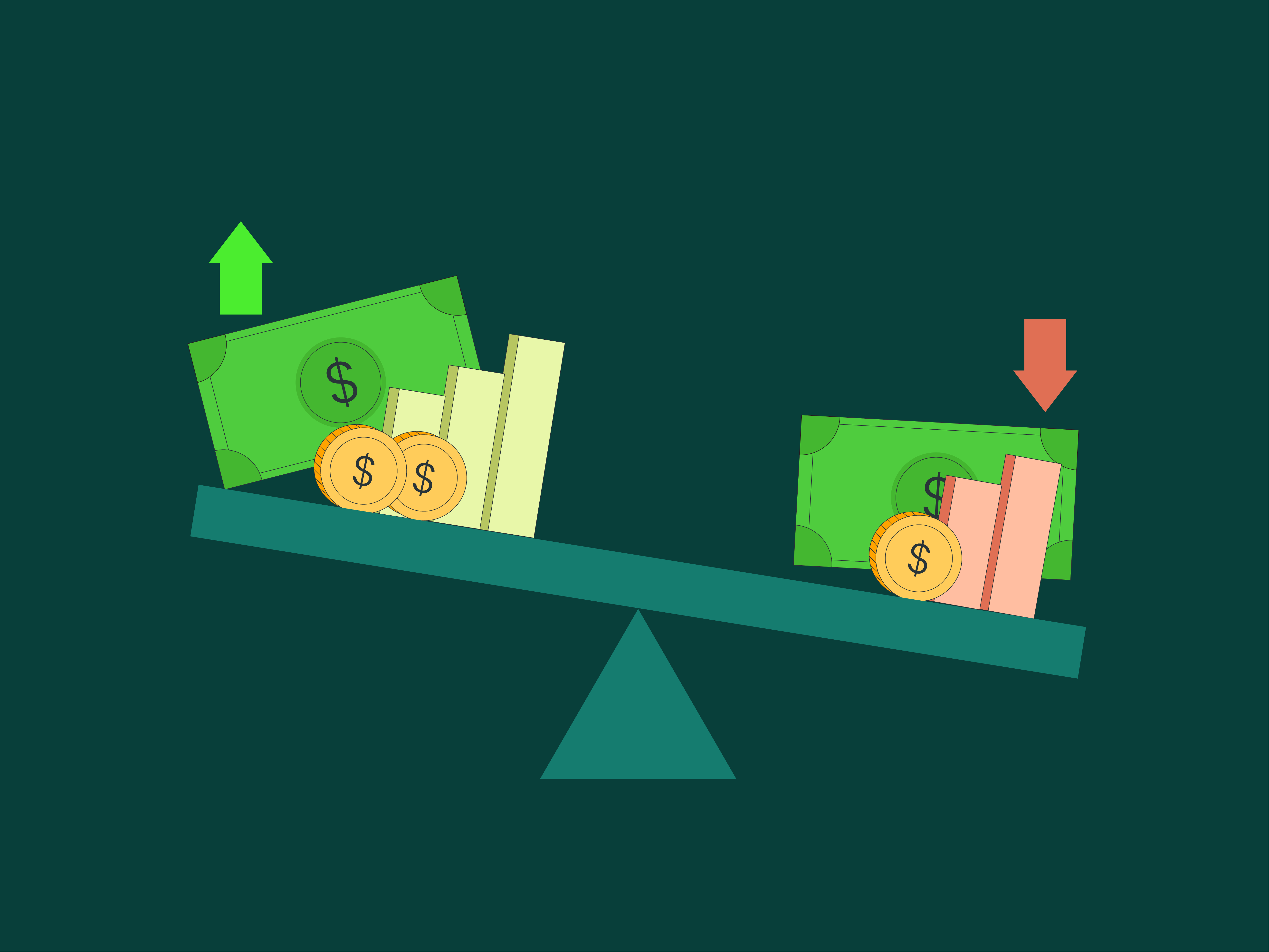Traditional finance reporting is inefficient and time-consuming. It involves manually collecting data from multiple sources, analyzing it in spreadsheets, and creating reports. This process is often error-prone and can take weeks or even months to complete.
Finance observability tools can revolutionize financial analysis by automating the data collection and analysis process. These tools collect data from multiple sources in real time and use machine learning to identify anomalies and trends. This allows FP&A professionals to focus on high-value analysis and make better decisions faster.
A recent poll found that 25% of FP&A professionals' time is spent on value-added analysis, while the remaining 75% is spent on gathering data or administering processes.
One way to prioritize high-value areas for analysis is to use the 80/20 rule. This rule states that 80% of the problems in a business can be attributed to 20% of the causes. By focusing on the 20% of causes that have the biggest impact, businesses can make the most significant improvements.
Finance observability tools can help businesses to identify the 20% of causes that are having the biggest impact on their bottom line. This information can then be used to prioritize analysis and take corrective action. Let’s learn how these tools enable FP&A to focus their energy on high-value areas, freeing up time for business partnering.
How finance observability tools empower FP&A teams?
#1 Automated flux reporting
Flux analysis is the starting point for most period-end analytics. Flux reports enable finance to analyze the deviation between current and previous period data to identify significant variations. This is generally done at an account level to ensure last-leaf level analysis.
Flux reports are generally very detailed and specific when explaining the reason for deviations. Insights are needed regularly for leadership to understand business performance well.
Finance observability seeks to:
- Automate variance calculations
- Explain the relationship between accounts
- Report and collaborate on insights via a digital medium (no more emails!)
#2 Mission critical exception reports
While flux reports capture the significant deviations in business performance, exception reports explain the deviations from standard practices and rules.
Exception reports allow businesses to collect data and information outside the norm, alerting associates to potential problems so they can take action. Given the variety and criticality of these reports, finance functions become the fiduciary owners of producing them.
Finance observability aims at:
- Identifying and creating a rule-based workflow in systems
- System logging and tracking all critical business events
- Automated reporting of exceptions.
Finance observability focuses on creating a strong exception reporting framework helping finance understand the impact and risks of such exceptions and internal process improvement.
#3 Intelligent early warning systems
Early warning systems are a set of tools, functions, and processes that help businesses identify changes in their environment and assess the impact those changes could have on their operations. By identifying and responding to these changes early, businesses can avoid or mitigate negative impacts and keep their operations running smoothly.
The key components of EWS in FP&A include:
- Predictive dashboards
- Frequent scenario modeling and analysis
- Detailed reporting cadences with financial and operational data
To use early warning systems (EWS) effectively, you need sophisticated systems that are fast and reliable. If your finance team still uses Excel spreadsheets to manage its data, manual data collection will make it difficult to aggregate the information needed for reporting. Automating data sources and workflows will also create a strong foundation for using AI and machine learning (ML) tools.
If you cannot connect and correlate your planning templates to predictive KPI dashboards, it will be difficult to identify trends that could impact your business. Finance observability tools can provide an effective early warning solution to meet your business needs. These tools have modular data structures, centralized databases, and system-driven scenario analytics.
According to a 2022 industry benchmark report covering 350 CFOs, 56% of finance teams do not have an early warning system.
Wrap-up
Finance observability tools can help growth-focused finance teams to be more productive by automating tasks, providing insights into trends and patterns, and identifying potential risks. These tools can also help teams to collaborate more effectively and make better decisions.
Centralized and standardized data structures make it easier to collect, store, and analyze data. This can help businesses to better understand their financial performance and identify potential risks.




